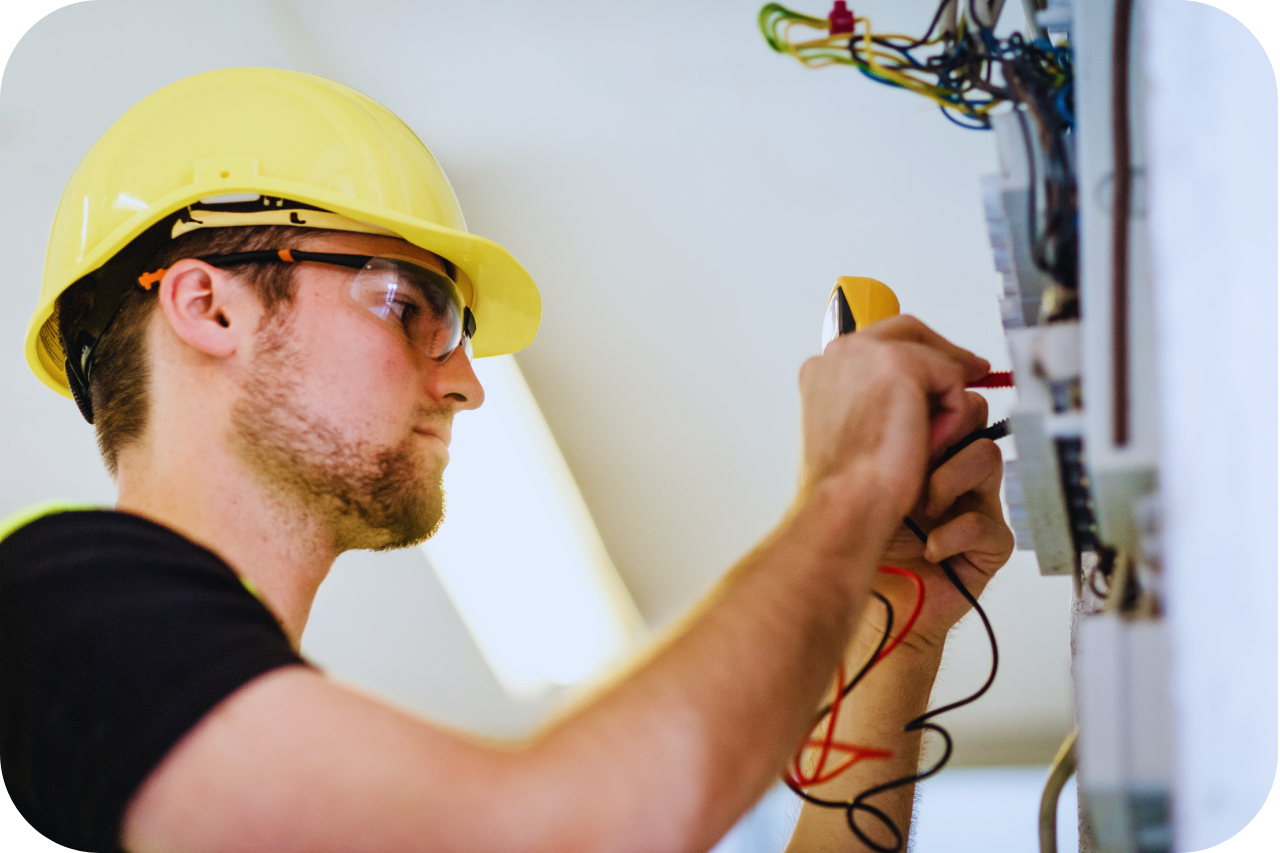Indicators on Roar Solutions You Need To Know
Indicators on Roar Solutions You Need To Know
Blog Article
The Main Principles Of Roar Solutions
Table of ContentsHow Roar Solutions can Save You Time, Stress, and Money.What Does Roar Solutions Do?About Roar Solutions
In order to safeguard installments from a prospective surge a technique of evaluating and categorizing a potentially hazardous area is required. The function of this is to make sure the proper selection and setup of equipment to inevitably prevent an explosion and to guarantee safety of life.
(https://www.tumblr.com/roarsolutions/768842670026227712/join-our-comprehensive-hltaid011-provide-cpr?source=share)
No devices needs to be set up where the surface area temperature of the equipment is higher than the ignition temperature of the provided hazard. Below are some typical dirt dangerous and their minimal ignition temperature. Coal Dirt 380C 225C Polythene 420C (melts) Methyl Cellulose 420C 320C Starch 460C 435C Flour 490C 340C Sugar 490C 460C Grain Dust 510C 300C Phenolic Material 530C > 450C Aluminium 590C > 450C PVC 700C > 450C Residue 810C 570C The probability of the danger existing in a focus high sufficient to create an ignition will certainly differ from place to location.
In order to classify this threat a setup is divided into areas of threat relying on the amount of time the hazardous is present. These locations are described as Areas. For gases and vapours and dirts and fibers there are 3 zones. Zone 0 Area 20 An unsafe ambience is very most likely to be existing and may exist for extended periods of time (> 1000 hours each year) and even continuously Area 1 Zone 21 A dangerous atmosphere is possible but unlikely to be existing for long durations of time (> 10 450 C [842 F] A classification of T6 suggests the minimal ignition temperature is > 85 C [185 F] Harmful area electrical equipment possibly created for use in higher ambient temperature levels. This would showed on the score plate e.g. EExe II C T3 Ta + 60C( This means at 60C ambient T3 will not be gone beyond) T1 T1, T2, T3, T4, T5, T6 T2 T2, T3, T4, T5, T6 T3 T3, T4, T5, T6 T4 T4, T5, T6 T5 T5, T6 T6 T6 A T Class ranking of T1 means the maximum surface area temperature generated by the tool at 40 C is 450 C. Presuming the connected T Course and Temperature ranking for the equipment are ideal for the area, you can constantly use a tool with a more rigorous Department score than required for the area. There isn't a clear response to this question however. It actually does depend upon the kind of equipment and what repair work require to be accomplished. Devices with particular test procedures that can't be performed in the area in order to achieve/maintain 3rd party rating. Have to return to the factory if it is prior to the devices's solution. Area Fixing By Authorised Worker: Challenging testing might not be required however certain procedures might need to be complied with in order for the tools to keep its 3rd celebration score. Authorised workers should be utilized to execute the job appropriately Repair work have to be a like for like substitute. New component must be considered as a direct replacement calling for no special screening of the tools after the repair work is complete. Each tool with a harmful score need to be examined independently. These are described at a high degree listed below, however, for even more in-depth information, please refer directly to the guidelines.
The 5-Minute Rule for Roar Solutions
The tools register is an extensive database of devices documents that consists of a minimum collection of areas to recognize each product's place, technological criteria, Ex-spouse category, age, and ecological information. The proportion of Detailed to Close evaluations will be figured out by the Tools Threat, which is evaluated based on ignition danger (the likelihood of a source of ignition versus the possibility of a flammable ambience )and the unsafe location classification
( Zone 0, check my reference 1, or 2). Carrying out a durable Risk-Based Assessment( RBI )method is critical for making certain conformity and safety and security in taking care of Electric Tools in Hazardous Locations( EEHA).
Examine This Report about Roar Solutions

In terms of eruptive threat, a hazardous area is an atmosphere in which an eruptive ambience exists (or may be anticipated to be existing) in quantities that call for special preventative measures for the building and construction, setup and use of equipment. hazardous area course. In this article we explore the obstacles encountered in the work environment, the risk control steps, and the needed proficiencies to function safely
It issues of modern life that we produce, keep or deal with a series of gases or fluids that are regarded flammable, and a range of dusts that are deemed flammable. These compounds can, in specific conditions, develop explosive ambiences and these can have major and terrible effects. The majority of us are familiar with the fire triangular eliminate any among the three components and the fire can not happen, but what does this mean in the context of unsafe locations? When damaging this down into its easiest terms it is essentially: a mix of a certain amount of release or leakage of a specific material or material, blending with ambient oxygen, and the visibility of a resource of ignition.
In a lot of instances, we can do little concerning the levels of oxygen in the air, however we can have significant impact on sources of ignition, as an example electric equipment. Harmful areas are recorded on the hazardous location category drawing and are recognized on-site by the triangular "EX" indication. Below, amongst other crucial information, zones are split right into 3 types depending upon the threat, the chance and duration that an explosive environment will certainly exist; Area 0 or 20 is regarded one of the most dangerous and Zone 2 or 22 is regarded the least.
Report this page